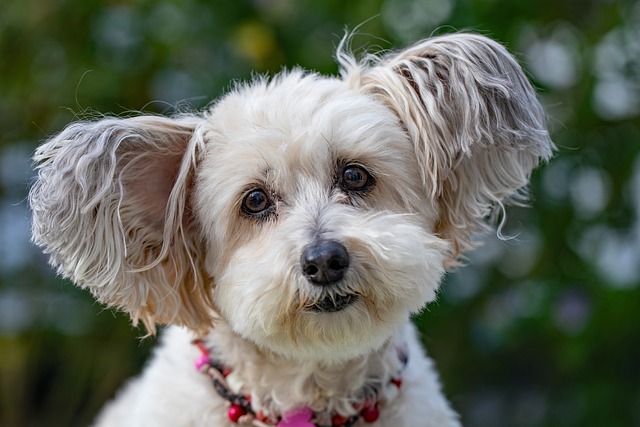
How to discipline a Beagle puppy?
Beagle puppies come with a double dose of energy and curiosity—traits that make them charming, but also prone to chewing shoes or darting through open doors.
You brace yourself before every walk: your excited Labrador nearly dislocates your shoulder lunging after squirrels in Central Park, or your terrier chokes himself straining toward neighbors in your Seattle apartment hallway. This exhausting tug-of-war isn’t just frustrating – it risks tracheal injuries, escape near traffic, and tense encounters. The solution lies in humane leash training, not brute force. Dogs pull because it works – tension gets them faster to that intriguing fire hydrant or grassy patch. Your mission: teach that calm loose leash walking makes adventures safer and more rewarding for both of you.
Scientifically, pulling triggers the opposition reflex – when a dog feels leash pressure, they instinctively lean against it like a sled dog. Yanking back worsens this natural response. Instead, harness positive reinforcement principles: become a "tree" the instant the leash tightens. Stop walking completely, stand silently like an oak, and wait. When your dog releases tension (even accidentally), immediately say "Yes!" and reward with chicken while moving forward. This teaches that pulling = stopped adventures, while loose leashes = progress. Another tactic: randomly pivot and walk the opposite direction when they surge ahead. When they reorient to you, celebrate with high-value treats. Consistency rewires their expectations – polite walking unlocks sniffing freedom. Equipment matters too: front-clip harnesses (like the Freedom No-Pull) gently turn a dog’s shoulders toward you without choking. Avoid prong or choke collars – they’re condemned by veterinary associations and banned in Germany and parts of California for causing pain and fear.
Urban living demands extra strategy. In apartment buildings, practice "elevator etiquette": reward calm sits before doors open to prevent lunging at neighbors. Use extra-tasty rewards like cheese during hallway walks past trash chutes or mailrooms. Teach "slow" on stairs to avoid dangerous tumbles. Always carry multiple waste bags – cleaning up immediately avoids fines up to $250 in Chicago parks and maintains neighborly goodwill in shared courtyards.

This training is inseparable from community compliance and safety. Most US cities enforce 6-foot leash laws (retractable leashes often violate these). A pulling dog can dart toward reactive dogs in Portland’s Tom McCall Waterfront Park, triggering confrontations or citations. Ensure rabies tags and licenses are visible – animal control may check them if your dog startles others. Respect space: cross streets to avoid oncoming dogs, and never allow face-to-face greetings without explicit consent. Remember: even during training struggles, scooping waste remains non-negotiable – biodegradable bags from Petco make this eco-friendly.
Progress takes patience. Start in low-distraction zones like empty parking lots before tackling busy sidewalks. Celebrate small wins: three steps without tension, or a head turn toward you during squirrel sightings. With consistent positive leash training, frantic pulls transform into joyful strolls where your dog checks in willingly – making city adventures safer for everyone.

Beagle puppies come with a double dose of energy and curiosity—traits that make them charming, but also prone to chewing shoes or darting through open doors.

Dogs thrive on routine, and small breeds—with their quicker metabolisms—need extra consistency. Start by taking your pup out at the same times daily: right after waking up, 15 minutes after meals, and just before bed.

Corgis, with their stubby legs and big personalities, can be little troublemakers when they decide to ignore commands.

The sudden explosion of barking when a delivery person approaches your door or a neighbor walks past your window is more than just a nuisance

The panicked barking that starts the moment your apartment door closes isn't just heartbreaking—it's a common struggle for urban dog owners trying

That insistent barking your dog does when demanding food, attention, or toys isn't just annoying—it's a learned behavior that's surprisingly easy to reinforce accidentally.